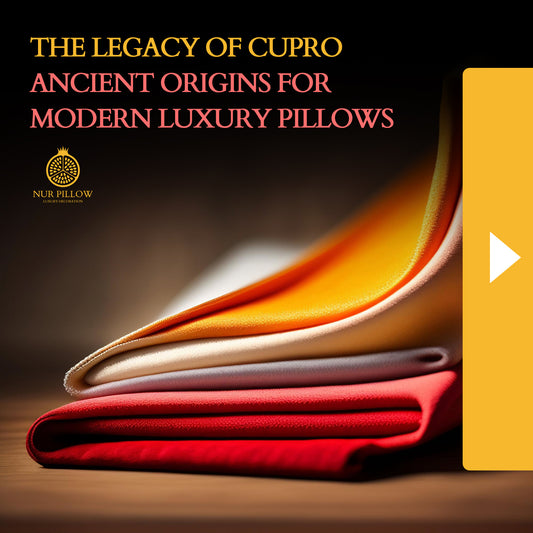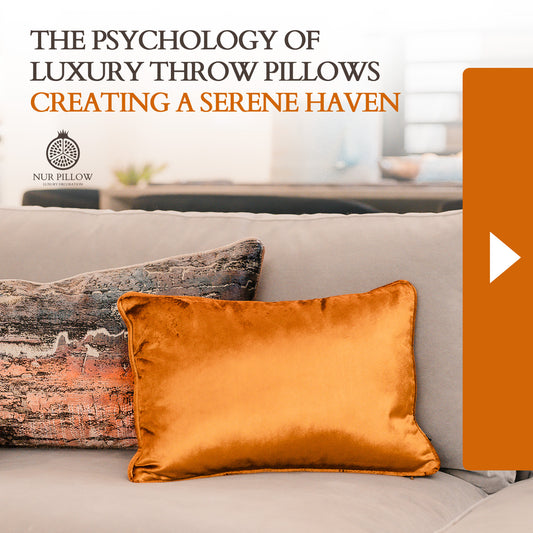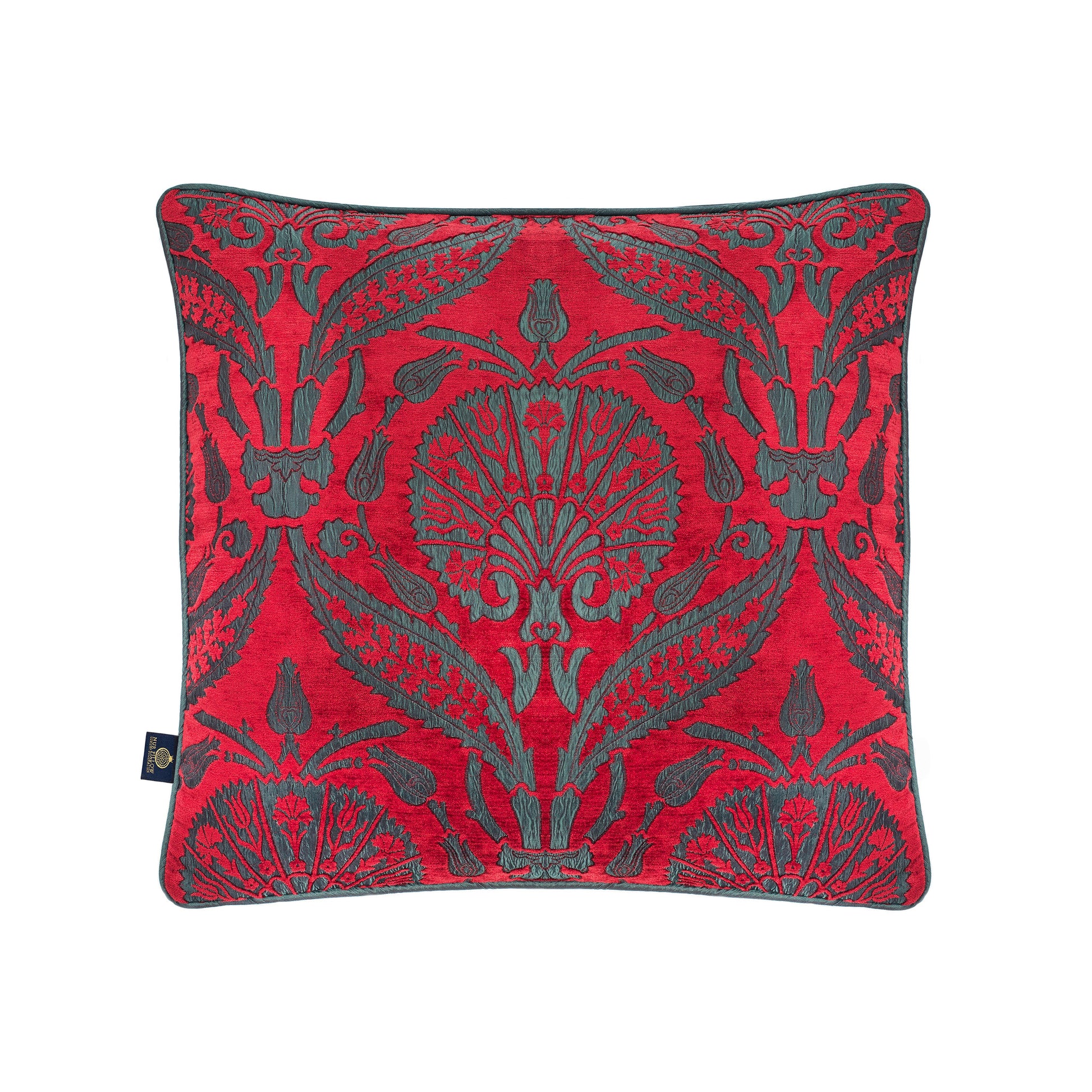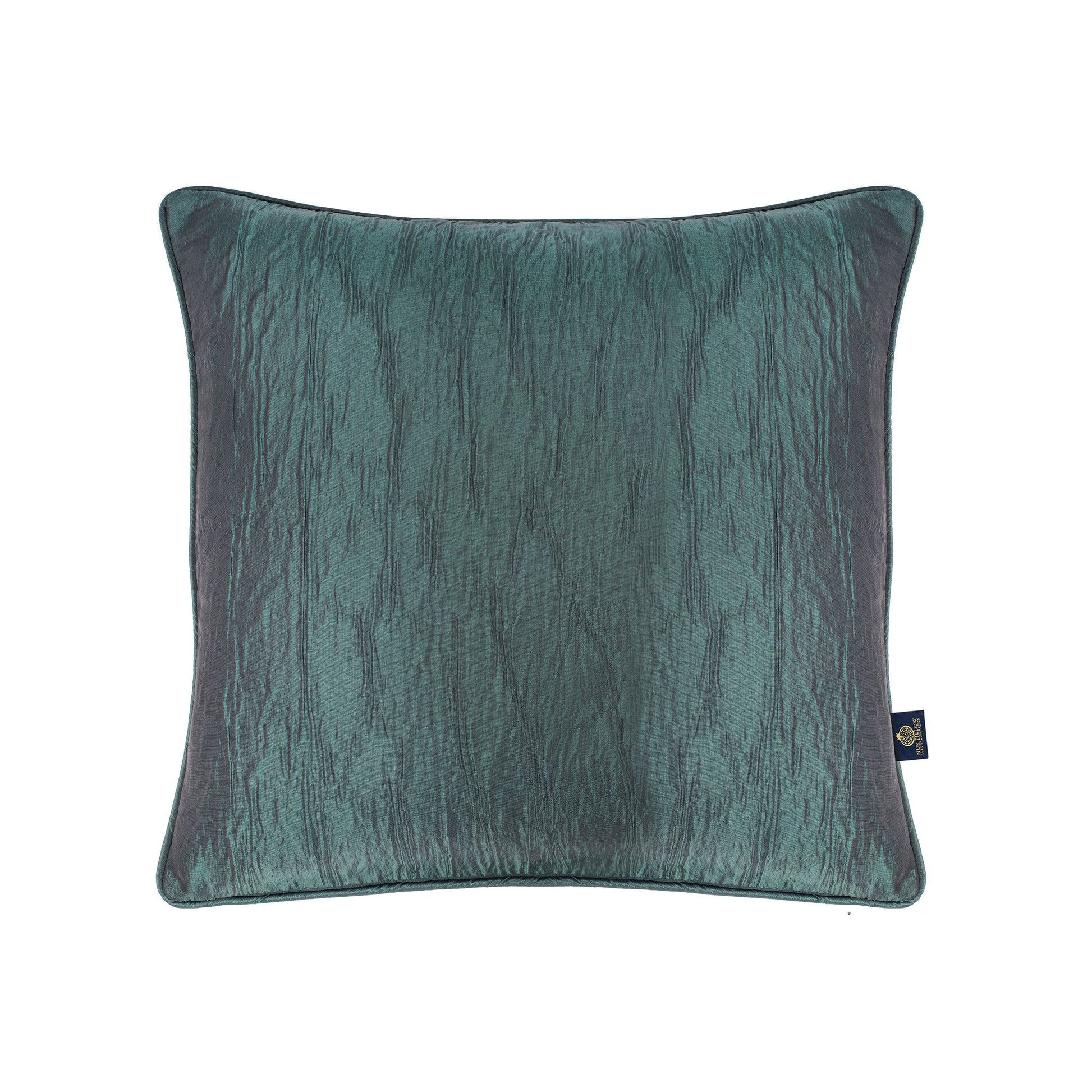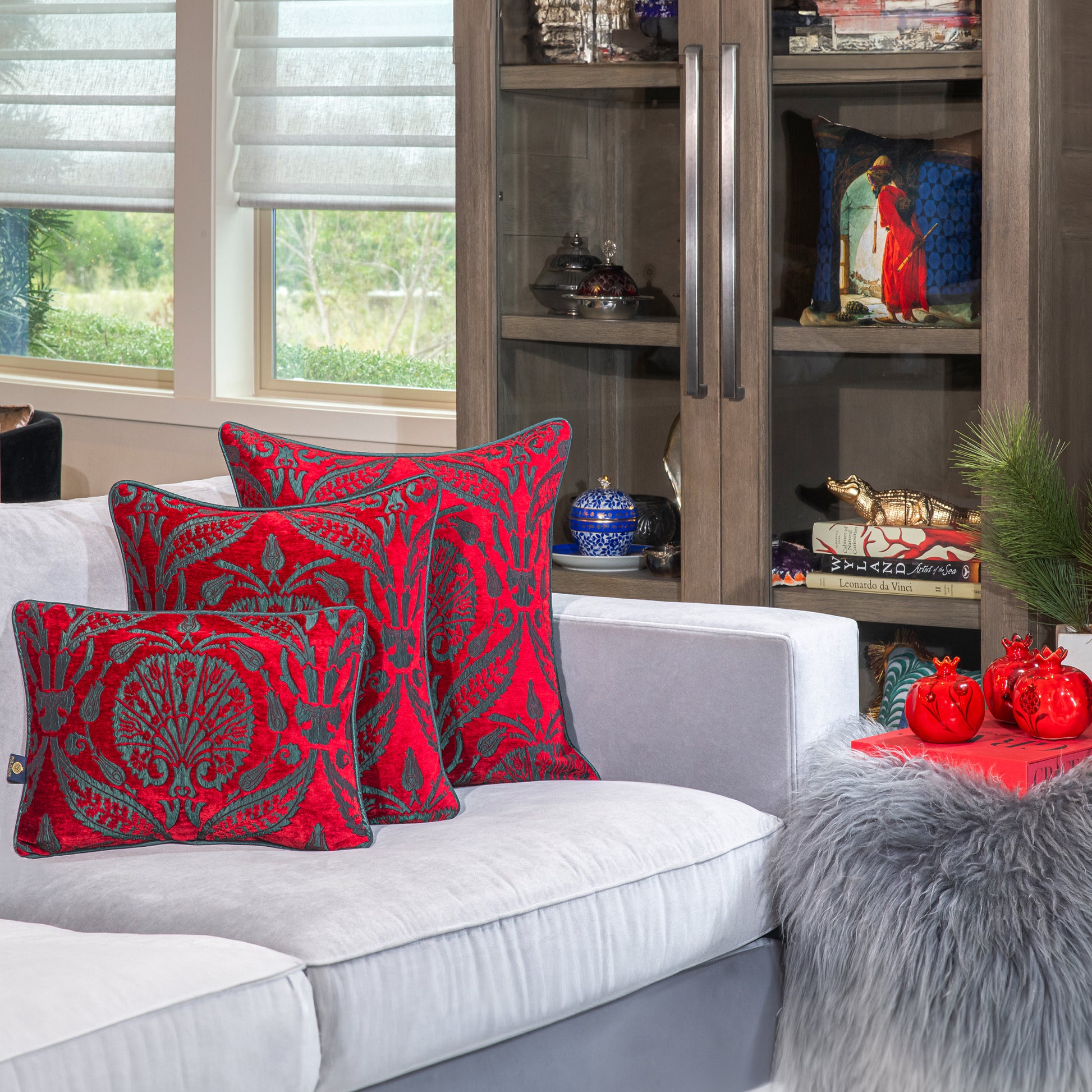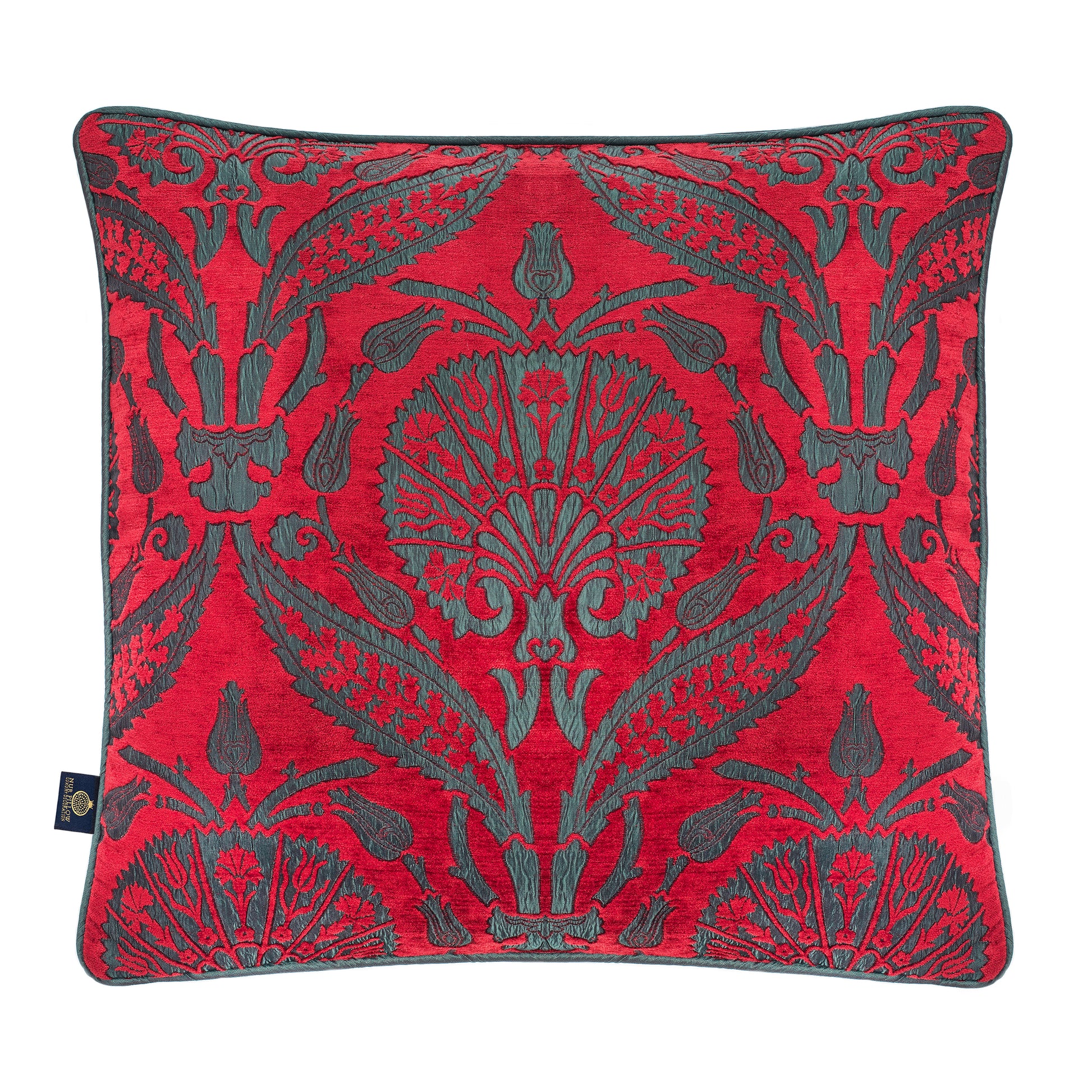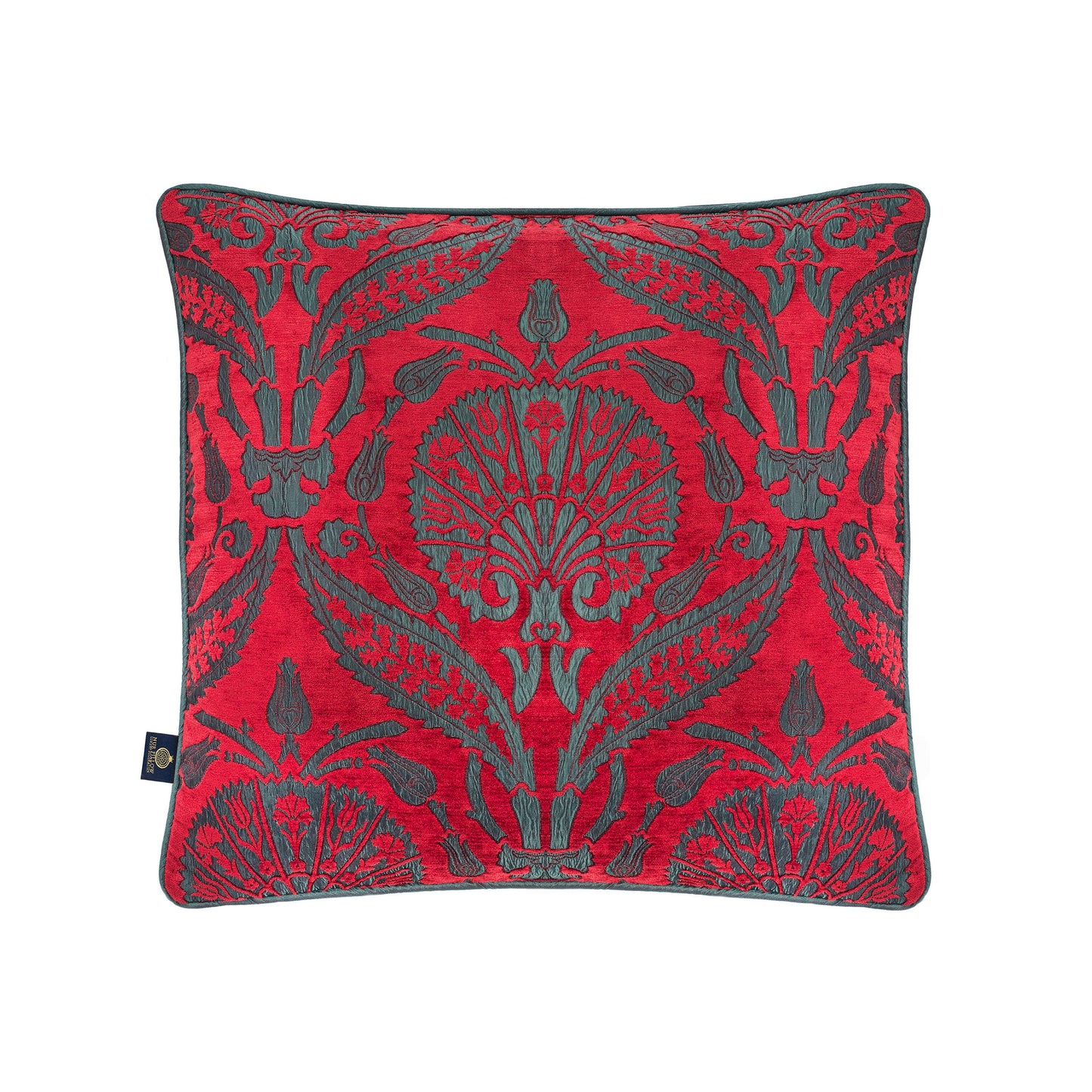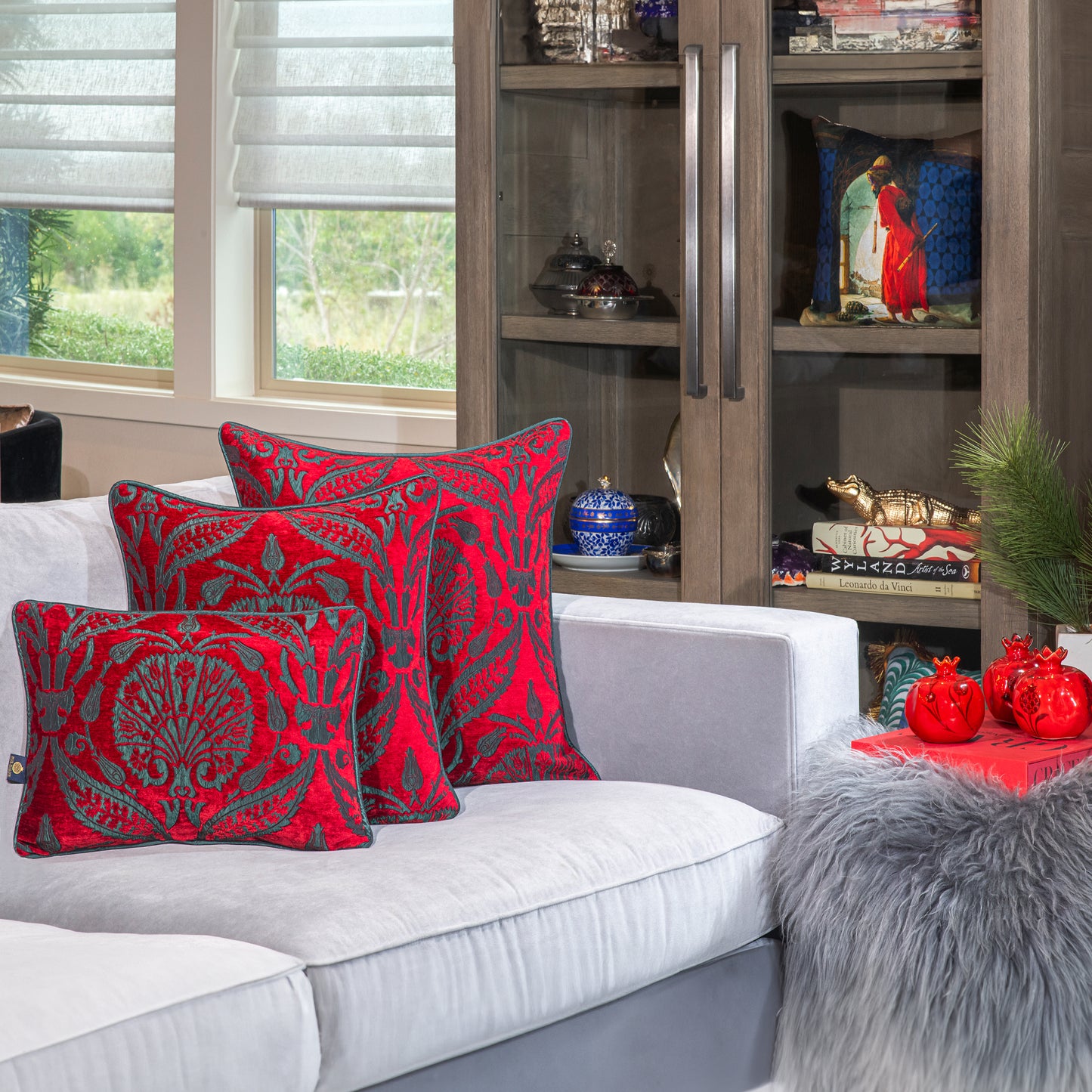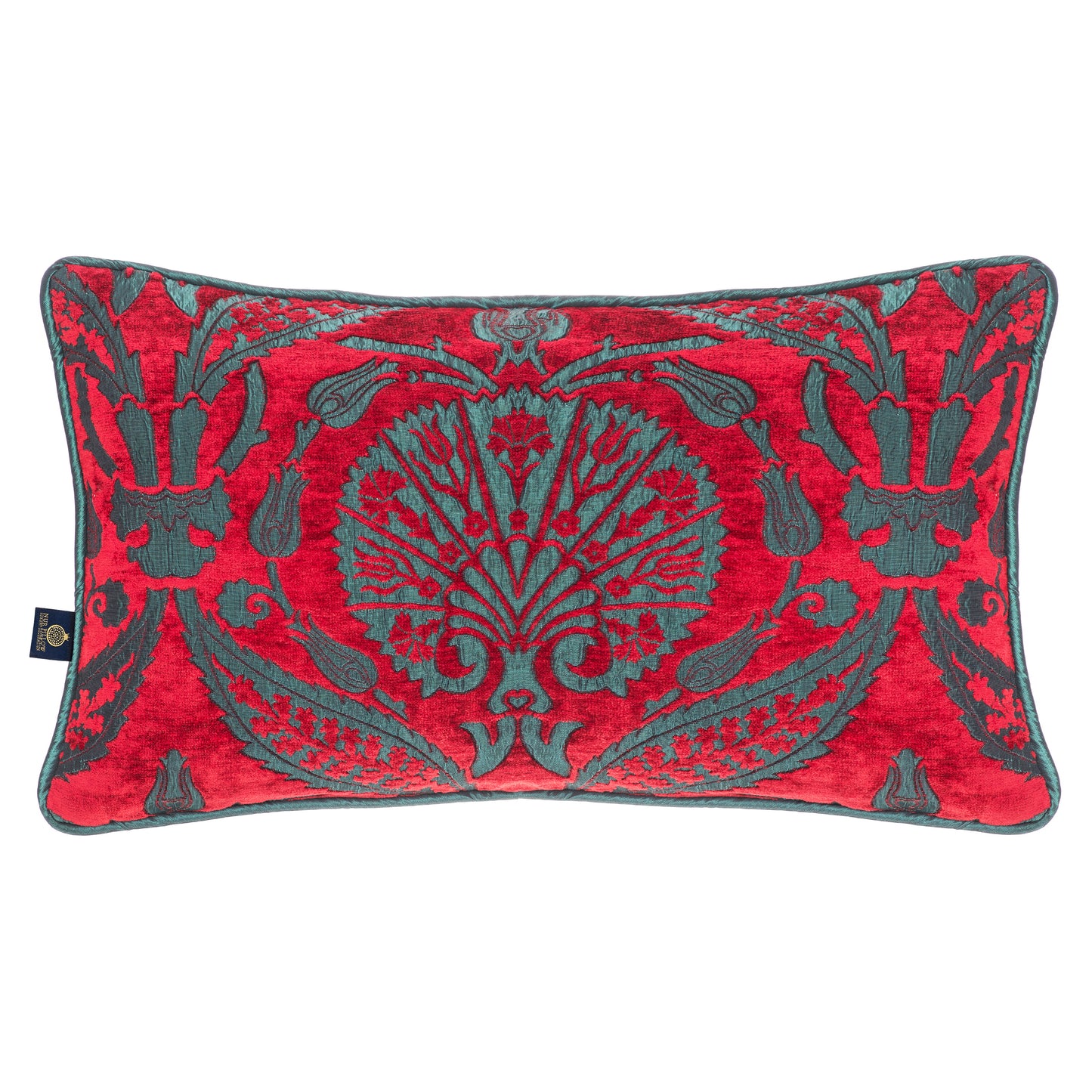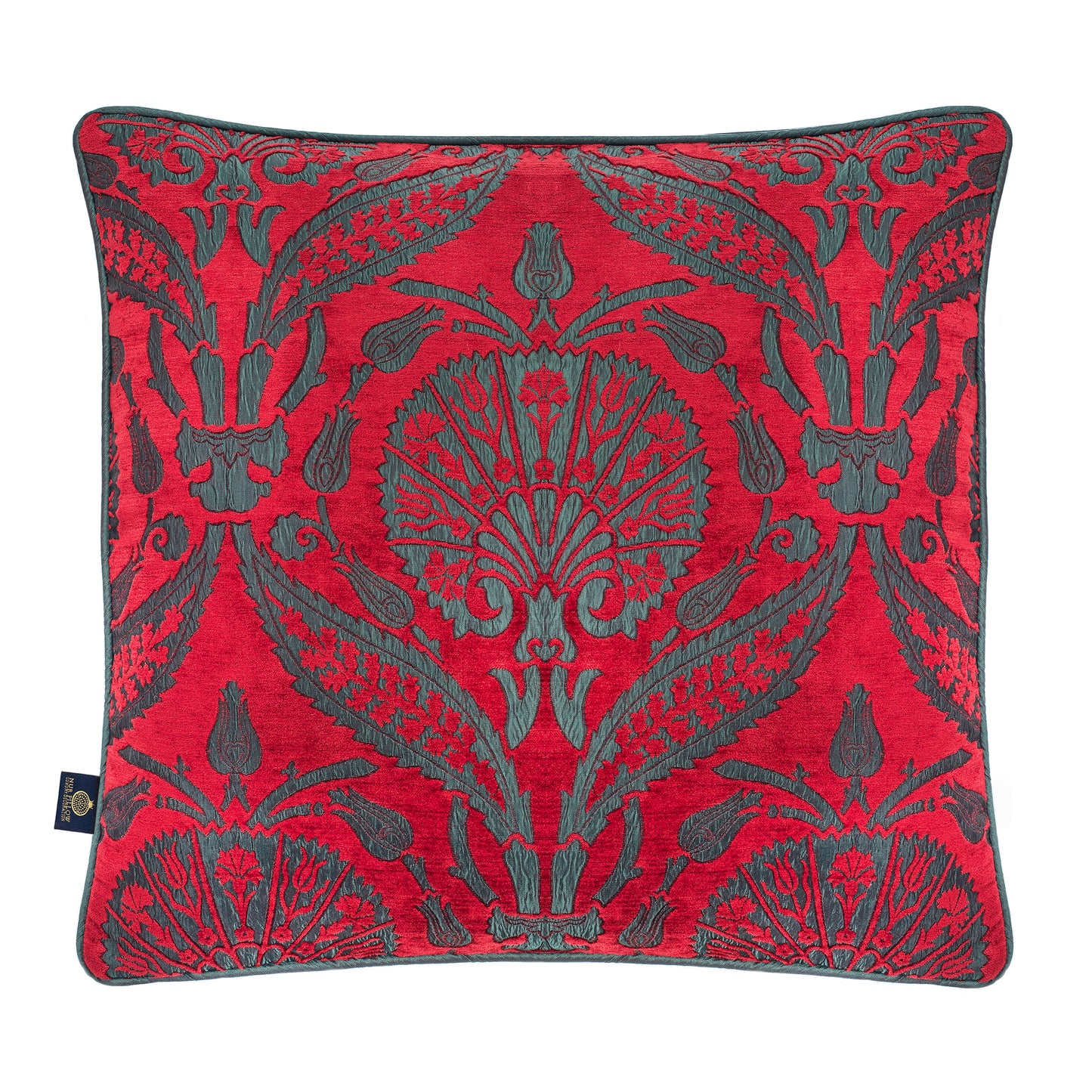The cellulose of cotton plants is used to create a rayon fabric known as cupro. It is often used as a dress fabric, blouse fabric, skirt fabric, and jacket lining due to its silky smooth feel.
Originating as a less expensive alternative to silk, cupro fabric has been around since the 19th century. First developed from a technique called cuprammonium rayon, which entailed dissolving cellulose in an ammonium solution of copper oxide, cupro fabric has now evolved into its present day form. Development and refining have led to the current technology of producing cupro cloth.
Cupro fabric's rise to prominence may be attributed in part to the fact that it is more eco-friendly to produce than traditional rayon since it is both sustainable and biodegradable. Its versatility means it may be used in a variety of ways in the textile and clothing sectors.
History of Cupro
Imagine that a remarkable breakthrough was created over a century ago in the sleepy German town of Oberbruch.It was the first time cupro was used, and it would ultimately cause a revolution in the textile industry. This remarkable invention continues to astound fashionistas and designers over a century and a half after it was originally unveiled. Let's learn more about cupro's rich history and its long-lasting impact. Numerous innovations in textile production have influenced our fashion and way of life. Several significant advances in the field of artificial fibers may be attributed to the well-known Vereinigte Glanzstoff Fabriken AG. Vereinigte Glanzstoff Fabriken AG is a household brand in the textile business, and with good reason. Their commitment to quality and originality is unflinching. The firm now ranks among the top players in Europe's rayon market.

In the early twentieth century, a technical breakthrough in the textile industry completely altered how we manufacture, distribute, and consume textiles. During this period, well-known rayon manufacturer J.P. Bemberg AG made significant strides in the manufacturing of synthetic fibers. They toiled on until they had designed a marvelous fabric that was every bit as sumptuous as genuine silk. This groundbreaking innovation provided a less costly alternative to silk, opening up alternatives that were previously unavailable. In the fashion sector specifically, this new fabric allowed for the creation of lavish outfits that oozed sophistication and style.
J.P. Bemberg AG's discovery was a game-changer in the history of textiles since it eliminated the need to differentiate between natural and synthetic fibers. In recent years, one particular fine fiber has attracted widespread attention from the fashion industry and the textile sector. Because of its exceptional attributes, it has risen to popularity in a very short length of time. This remarkable fabric leaves everyone in awe of its unparalleled properties and endless possibilities. It will have far-reaching effects beyond the fashion business.
What Materials Make Up Cupro Clothes?
The cellulose in cotton plants is removed and cleaned to make a viscose solution that is then used to make cupro cloth. To make fibers, the viscose solution is driven through a spinneret, which is a device with tiny pores. After the fibers have been cooled, rinsed, and dried, cupro fabric is the result.

Since it is derived from the cellulose of plants, cupro fabric is a form of rayon. In terms of manufacturing and finished fabric characteristics, however, this rayon is unlike any other. Cupro fabric is distinct from other kinds of rayon textiles because of its luxuriously smooth touch and drape.
Other forms of rayon textiles include viscose rayon and modal rayon, both of which are derived from the cellulose of beech trees and are noted for their luxuriously soft and silky hand.
Cupro Fabric Features
Cupro fabric has a smooth, glossy look and a luxurious, soft touch. Because of its low weight and high drape, it is often used to create clothes and other textile products. Fabric made from cupro is more eco-friendly and biodegradable than rayon.
Cupro fabric has several physical characteristics with silk and satin, including a slick, smooth texture and a propensity to wrinkle. It shrinks easily in the wash and needs special care to stay in good condition. Fabrics made from cupro are not as sturdy as those made from cotton or wool and may not be appropriate for use in demanding situations.
Cupro cloth outperforms synthetic textiles like polyester and nylon in terms of sustainability and biodegradability. It's cooler and more pleasant than those synthetic materials, which don't allow air to circulate. Cupro fabric is often used for clothes and other products because of its smooth, silky feel and drape, despite the fact that it is not as durable as other textiles like cotton or wool.

Is Cupro Sustainable?
The good news is that cupro is technically a recycled textile since it is a by-product of the cotton industry. It's common knowledge at this point that non-organic cotton farming is very resource-heavy and water-intensive. Waste is decreased when the whole cotton plant is put to use.
Cupro is a vegan and cruelty-free alternative to silk since it is derived from plants rather than silkworms. It also has a less environmental effect than silk since it can be washed in a washing machine.
Despite its usefulness, cuprammonium rayon must be manufactured using hazardous chemicals that pose risks to human health and the environment if not disposed of correctly. The chemical baths may be reused many times, but eventually they will need to be disposed away. The raw substance might be a byproduct of destroying cotton crops, but there's no way to tell. According to sourcing specialist Sewport, "China's synthetic textile factories are reviled around the world as havens for modern-day slave labor," and as we've already established, most cupro comes from China. Production of cupro is linked to human and environmental harm, yet "China continues to export tons of cupro to Western nations every year." Cupro fabric has no certifications, and its manufacturing was prohibited in the United States "due to the inability of manufacturers to comply with basic air and water protection regulations."
Therefore, although cupro is a viable vegan silk substitute since it is made from recycled materials, it is not precisely ethical or sustainable. whether you really must purchase it, research the brand to see whether it discloses information on the conditions under which their cupro is produced. The conditions under which a cloth was produced are an important consideration when assessing its durability. To make the greatest ethical option for people, the earth, and animals, stick to businesses that are transparent about their practices.
Uses of Cupro Fabric
The fashion and textile industries make extensive use of cupro fabric. Useful for both outerwear and undergarments, this fabric is ubiquitous in the fashion industry. Because of its smooth, silky texture and drape, cupro fabric is often used to produce beds, curtains, and other household textiles.
Here are some garments and other products that are often manufactured using cupro fabric:
Dresses: The smooth, silky touch and fluid flow of cupro fabric make it a popular choice.
Blouses: Because of its suppleness, shine, and light weight, cupro cloth is often used for blouses.
Roots: Cupro fabric is often used to produce roots because of its lightweight feel and silky smooth look.
Linings: Cupro fabric is often used as a lining for jackets and other items owing to its lightweight feel and smooth, shiny look.
Bedding: Because of its smooth, silky texture and drape, cupro fabric is occasionally used to produce bed linens like sheets and pillows.
Curtains: Cupro fabric's smooth, glossy look and lightweight feel make them ideal for use as curtains.

Benefits of Using Cupro Fabric
Cupro fabric is extensively utilized in the textile and garment sectors because to its numerous beneficial characteristics. One of the numerous advantages of cupro cloth is that it is biodegradable and long-lasting. Cupro fabric is eco-friendly since it is made from the cellulose of cotton plants. Utilizing a closed-loop production method, it produces less waste and uses less water than traditional rayon.
Unlike synthetic textiles like polyester and nylon, which may be made from non-renewable resources and can take hundreds of years to break down in the environment, cupro fabric can be broken down by microorganisms in the soil. Since it doesn't need as much water or chemicals to produce and make as other natural textiles like cotton, cupro cloth is more eco-friendly.
Because of its environmental advantages and its adaptability, cupro fabric is quickly rising in popularity in the fashion and textile industries.



